
Are achy legs waking your child up at night? If the problem disappears like a bad dream in the morning, it could be growing pains. About 25-40% of children will suffer from growing pains at one point or another, usually between the ages of three and twelve. (1) And obviously parents suffer, too, because, um, sleep deprivation!
So, what are growing pains exactly? ^
If you ever had growing pains as a child, you probably remember waking up in the middle of the night with intense leg cramps or a deep throbbing pain in your legs. They happen most often in the late afternoon or at night, often waking children up from a deep sleep. (2)
Unlike other leg problems, they are not connected with any swelling, redness, tenderness, fever, limping, rash, loss of appetite, weakness or fatigue,” and ironically they are not typically associated with periods of rapid bone growth (aka growth spurts). (2)
Despite several studies that have set out to discover the “why” behind growing pains, there is no single cause that researchers agree on. That may be because like a sore throat – which might be caused by too much cheering at a football game, a viral/bacterial infection, or irritated mucous membranes due to dry air – there may be more than one cause of growing pains.
Here are the top theories:
- Nutritional deficiencies – Some studies show that certain deficiencies, particularly in vitamin D and magnesium, may contribute.
- Sore muscles from intense physical activity – Because growing pains occur following intense daytime running, jumping, etc according to some studies, researchers have suggested that muscle soreness is the cause.
- Spinal misalignment – In one small study, chiropractic adjustments to improve spinal alignment resolved complaints of growing pains
5 Natural Remedies for Growing Pains (That Start Working Right Away) ^
Of course, when your child wakes up in the middle of the night with achy legs you don’t need theories, you need something to act on. Let’s dive into some home remedies that work right away, then we can circle back to things that can help in the long-term.
1. Massage ^
Massage is a wonderful comfort measure for leg cramps and aches. I found it helpful for my restless leg syndrome, which is somewhat similar, after I gave up tranquilizers and began searching for a natural solution.
According to Lawrence Rosen, M.D., pediatrician and author of Treatment Alternatives for Children:
“Gently massaging the calves or other areas of leg pain can ease discomfort from growing pains. You can use a few drops of lavender essential oil mixed with a tablespoon of massage oil to help relax your child.” (3)
Arnica oil or cream can also be used for massage with some guidelines. It was traditionally used by Swiss mountaineers to deal with muscle soreness, and according to The New York Times, “scientists have found good evidence that it works.”
Although arnica is considered safe enough for use in some children’s topical products like this one (which unfortunately has some other ingredients I don’t love), it should not be used:
- Externally on open wounds
- Long-term (more than six weeks on a daily basis)
- Before surgery
- With blood thinners
Here’s how to make arnica oil, and here’s where to buy it.
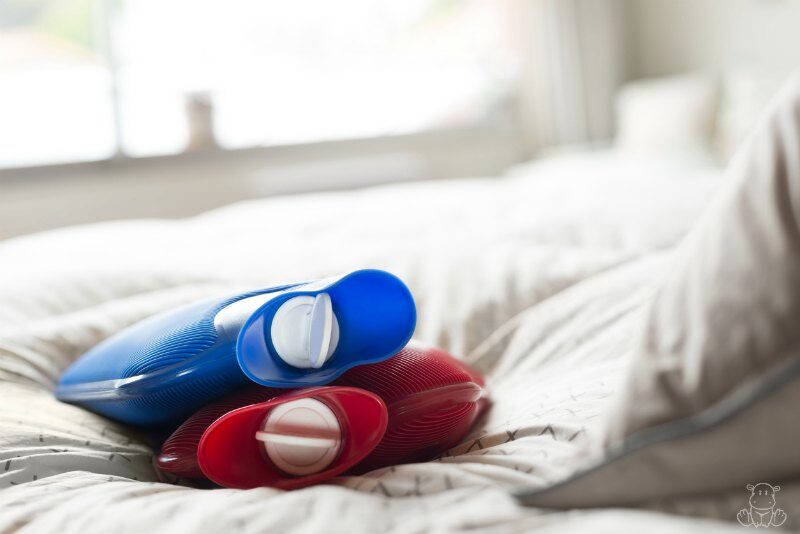
2. Hot Water Bottle or Heating Pad ^
Dr. Rosen, the pediatrician I mentioned above, also writes that “Warmth, either from a heating pad or hot water bottle, can help sooth leg aches.” (3)
Most heating pads are high EMF (although this wrap/lower back brace says it’s not), so I keep a hot water bottle on hand for muscle aches.
3. Warm Bath ^
Instead of simply applying heat locally, warm baths are a whole body approach that can ease aches while balancing the sympathetic/parasympathetic nervous system. (4) In other words warm water supports relaxation and in may make it easier to transition back to sleep.
Tip: Every once in awhile I end up running a bath in the middle of the night for one of my kids . . . usually because they’ve tossed their proverbial cookies due to a stomach bug. When that happens, I always keep the lights low in the bathroom so that the bright light doesn’t disrupt their circadian rhythm and make it difficult to go back to sleep.
4. Magnesium ^
Because some studies show that growing pains occur following intense physical activity, researchers have suggested that muscle soreness is the cause. It seems a little strange to me that the muscle soreness would spontaneously resolve the next morning as is suggested, but since there does often seem to be a physical activity related component I think relaxing the muscles is a great idea. (5)
Magnesium is amazing at relaxing muscles, and it’s also an essential nutrient for building bones that many of us don’t get enough of. (6) (7) We’ll talk more about that in the next section on nutritional approaches that may help in the long-term.
For now, here are a few of the easiest ways to increase our levels (parents love it too because it helps with stress!)
- Epsom Salt Bath – This is really two remedies in one, because both the warm water and the magnesium will help relax the muscles. Here’s my favorite homemade bath salt recipe – lavender would be the essential oil I’d choose for easing achy legs.
- Liquid Magnesium – A few drops of this liquid magnesium can be added to water before bed or if a child wakes up. Click here to learn more about what form of magnesium is best (and why).
5. Essential Oils ^
Although I haven’t come across any studies directly related to essential oils and growing pains, there are some which show a benefit for muscle aches, easing discomfort, and sleep.
For example this Grow Ease blend contains four essential oils which have all have properties that may be helpful:
- Roman Chamomile – Shown to ease discomfort and support a healthy inflammatory response. (8)
- Lavender – Also helpful for easing discomfort and promoting restful sleep (8)
- Mandarin – Helpful for sleep and easing feelings of distress (9)
- Tangerine – Traditionally used to calm mild spasms
You can add a few drops of the bottle linked to above to a carrier oil (here’s how) and massage it on, or you can buy it in a pre-diluted roll-on here.
More Remedies for Growing Pains ^
In addition to the comfort measures above, here are some nutritional/lifestyle adjustments that may be helpful.

Vitamin D
In a recent study, researchers found that only 6% of children who suffered from growing pains had adequate levels of vitamin D. (10) A follow-up study examined this relationship by supplementing thirty-three children affected by growing pains with vitamin D for three months. In eight children the pain resolved completely, while others experienced a significant reduction in symptoms. (11)
One theory behind why vitamin D might help is that inadequate vitamin D leads to low bone density, which may place “abnormal pressure on sensory nerves of the bone.” (12)
Though it is not quite the same, I used to experience severe restless leg syndrome due to nutritional deficiencies. Nighttime is often when the body chooses to “build,” so it makes sense that it’s scrounging around for building materials at night – if it doesn’t find what it needs easily some experts theorize that it will “steal” from other areas. (This is true of hormones. In times of stress, the body will “steal” a hormone called pregnenolone to make extra cortisol that would have otherwise been used to make estrogen, progesterone, testosterone, and DHEA.)
For me, supplementing with magnesium and a few other nutrients eased my restless legs. Read more about natural remedies for restless leg syndrome here.
Because vitamin D supplements – especially isolated ones- may not have the same effect as sunshine, I prefer to obtain vitamin D through wise sun exposure (when possible) and whole food sources like cod liver oil and pastured lard rather than isolated supplements.
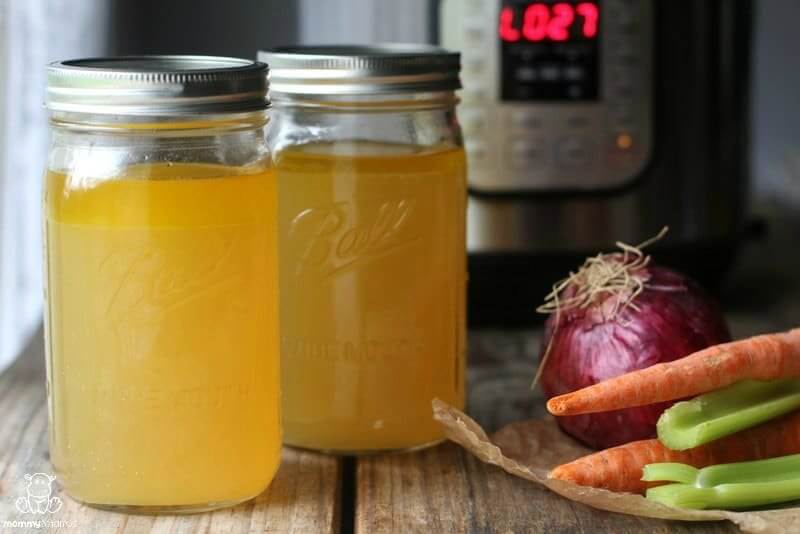
Bone Broth
Bone broth is rich in collagen, and something “many people forget about the structure of bones is that around 25-30% of the dry weight of bone is made of collagen proteins.” (13) As mentioned above, providing our little ones with the essential building blocks needed to grow can prevent their bodies from trying to pull needed resources from other areas.
On that note, in one 1944 study (yes, 1944!), supplementing bone meal along with vitamins A and D was able to produce a “complete remission of symptoms” in all 112 children participating in the study. (14) Both vitamins A and D improve the body’s ability to absorb the minerals needed to build healthy bones, so it makes sense that they be taken alongside mineral rich foods. I have seen a pastured bone meal supplement from one source, but it’s not currently available.
Fortunately, bone broth can help with this, too! Although it is not naturally rich in minerals (according to this source), adding veggie scraps to the broth significantly increases its mineral content.
If my child were experiencing growing pains, I’d make up lots of bone broth and serve it in a steaming mug every morning for breakfast, plus make sure he/she eats high quality fats including cod liver oil (which contains Vitamins A and D) to maximize absorption. If you’re new to bone broth, here’s a quick tutorial for making it easily in a crock pot or in the Instant Pot.
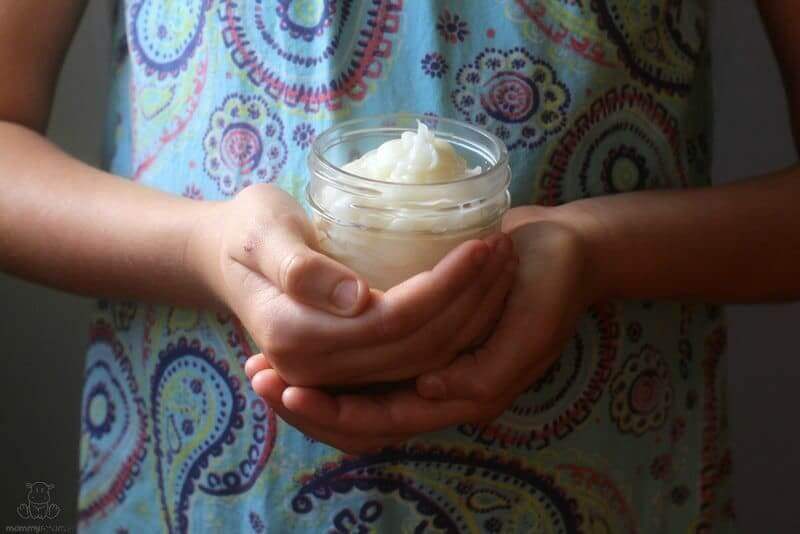
Magnesium
As I mentioned above, magnesium deficiency is common. Because it’s essential for energy, sleep, bone health, muscle relaxation, digestive health, cardiovascular health, detoxification and more, I make optimizing my family’s levels a priority all the time . . . not just when we’re experiencing a concern it might help with.
Here are two ways to help kids get more of this “miracle mineral.”
- Magnesium Body Butter (pictured above) – Magnesium is well-absorbed through skin, which is why it’s often incorporated in baths or rubbed on the skin in the form of magnesium oil. Unfortunately for some people, magnesium oil can cause an itchy or uncomfortable sensation when applied in undiluted form. In my magnesium body butter recipe, I’ve blended it with coconut oil and beeswax to ensure that it doesn’t irritate sensitive skin.
- Magnesium Lotion – If you’d rather not make magnesium body butter, this is a pre-made magnesium lotion formulated especially for children.
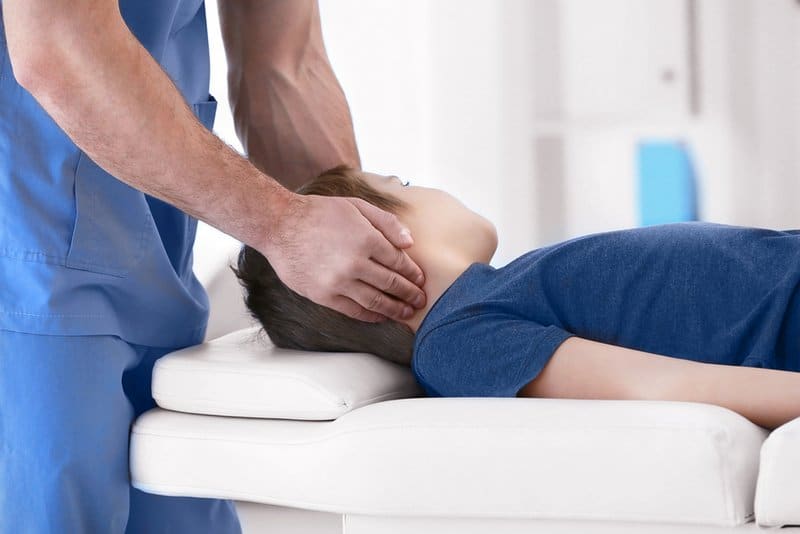
Chiropractic Care
Buckle up, because we’re going to take a hard left turn now and discuss a totally different potential cause of growing pains: vertebral subluxations. (In non-geek speak, the need for a chiropractic adjustment.)
In a 2010 study, “two toddlers (a 2¾-yr-old girl and 3½-yr-old boy) were taken to the chiropractor with growing pains of several months duration. Medical care had thus far recommended offering Tylenol. In the chiropractic examination, spinal dysfunction (or vertebral subluxations) were detected in the lumbosacral spine of both children and chiropractic adjustments were made to help improve nerve function and spinal motion. After their first chiropractic adjustment, both mothers stated that their child did not wake at night with growing pains, and after completing a trial of care, both children’s initial complaints fully resolved.
It is important to remember the relationship that exists between the spine, pelvis and legs. These areas of the body are like a chain; nerve, joint or muscle dysfunction in any part of this chain can affect the other parts, and the nerves that extend from the lumbosacral region of the spine transmit signals between the legs and the brain. Any interruption to these signals can impair proper functioning of the body. Both children in the study above were found to have dysfunction in this lumbosacral region.” (15)
More research outside of this limited case study is needed to see if this has broader implications for more children. I highly recommend you find a qualified pediatric-trained chiropractor if you seek this type of care.
Other Dietary Changes ^
Some moms have reported that their children’s growing pains resolved when the removed problematic ingredients from their diet. For one child it was aspartame, for another it was gluten. Though I don’t know of any studies that are directly related to either of these substances, it makes sense to me that food sensitivities could play a role if they cause significant inflammation.
When To See A Doctor ^
According to the Mayo Clinic, you should consult “your child’s doctor if you’re concerned about your child’s leg pain or the pain is:
- Persistent
- Still present in the morning
- Severe enough to interfere with your child’s normal activities
- Located in the joints
- Associated with an injury
- Accompanied by other signs or symptoms, such as swelling, redness, tenderness, fever, limping, rash, loss of appetite, weakness or fatigue” (source)
What natural remedies for growing pains have you tried?
Please share what’s worked for you in the comments!
Want more research-backed natural remedies?
No problem, I’ve created a free ebook for you – Kitchen Apothecary: 25+ Natural Remedies Using Ingredients From Your Pantry – as a gift for signing up for my newsletter. You’ll also get updates when I post about safe essential oils for pregnant/breastfeeding mamas, exclusive gifts and coupons (I was able to give away a jar of free coconut oil to anyone who wanted it recently!), plus other goodies.
Sign up using the form below.
This article was medically reviewed by Dr. Sheila Kilbane, MD, a board-certified pediatrician, trained in integrative medicine. As always, this is not personal medical advice and we recommend that you talk with your doctor.
Sources
1. Children’s Orthopaedic and Scoliosis Surgery Associates. Growing Pains. Retrieved from https://www.chortho.com/common-conditions/growing-pains
2. Mayo Clinic. Growing Pains. Retrieved from https://www.mayoclinic.org/diseases-conditions/growing-pains/symptoms-causes/syc-20354349
3. Rosen, Lawrence and Cohen, Jeff (2012) Treatment Alternatives for Children.
4. Becker, Bruce et. al. (2009) Biophysiologic Effects of Warm Water Immersion. Retrieved from https://www.researchgate.net/publication/321640882_Biophysiologic_Effects_of_Warm_Water_Immersion
5. WebMD. Growing Pains. Retrieved from https://www.webmd.com/children/guide/growing-pains
6. King, DE et. al. (2005) Dietary magnesium and C-reactive protein levels. Retrieved from https://www.ncbi.nlm.nih.gov/pubmed/15930481
7. DiNicolantonio, James et. al. (2018) Subclinical magnesium deficiency: a principal driver of cardiovascular disease and a public health crisis. Retrieved from https://www.ncbi.nlm.nih.gov/pmc/articles/PMC5786912/
8. Lakhan, Shaheen (2016) The Effectiveness of Aromatherapy in Reducing Pain: A Systematic Review and Meta-Analysis. Retrieved from https://www.hindawi.com/journals/prt/2016/8158693/
9. Babar, Ali et. al. (2015) Essential oils used in aromatherapy: A systemic review. Retrieved from https://www.sciencedirect.com/science/article/pii/S2221169115001033
10. Qamar, S. et. al. (2011) Vitamin D levels in children with growing pains. https://www.ncbi.nlm.nih.gov/pubmed/21575536
11. Morandi, G. et. al. (2015) Significant association among growing pains, vitamin D supplementation, and bone mineral status: results from a pilot cohort study. Retrieved from https://www.ncbi.nlm.nih.gov/pubmed/24633492
12. Vitamin D Council (2014) New study finds vitamin D supplementation may help reduce growing pains. Retrieved from https://www.vitamindcouncil.org/new-study-finds-vitamin-d-supplementation-may-help-reduce-growing-pains/#.XUIh0JNKjys
13. Kresser, Chris (2019) How to Keep Your Bones Healthy on a Paleo Diet. Retrieved from https://chriskresser.com/how-to-keep-your-bones-healthy-on-a-paleo-diet/
14. Martin, Elizabeth (1944) Report on the Clinical Use of Bone Meal Retrieved from https://www.ncbi.nlm.nih.gov/pmc/articles/PMC1581604/
15. Barham-Floreani, Jennifer. Growing Pains / Leg Cramps Remedy. Retrieved from https://welladjusted.co/parenting/leg-cramps-remedy/#ixzz3FZsv3fOV
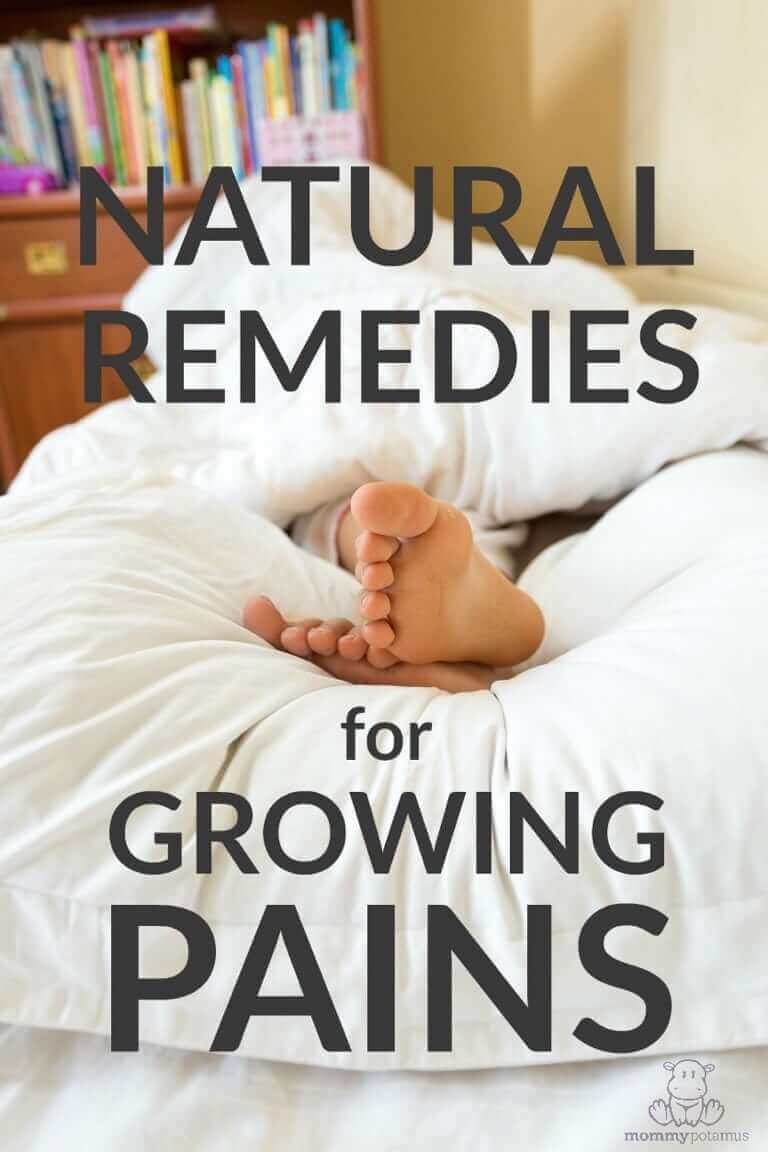

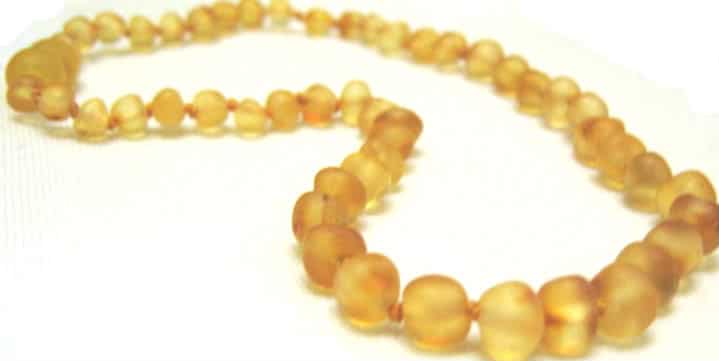
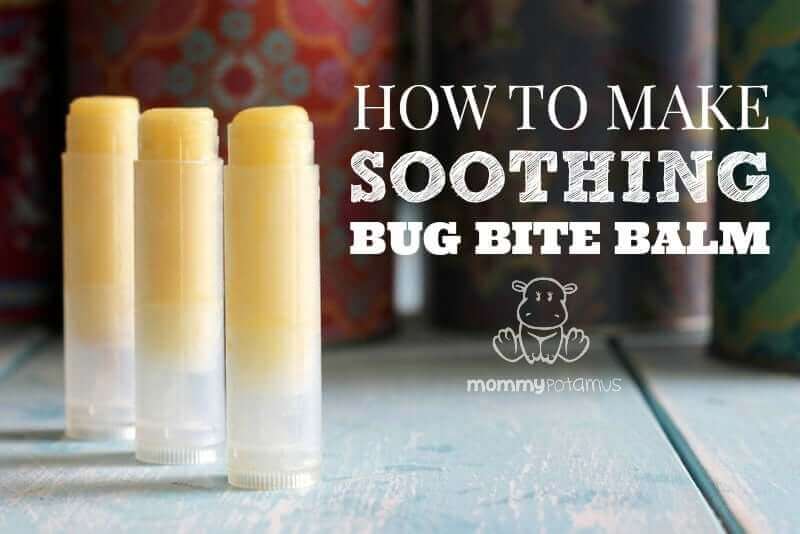
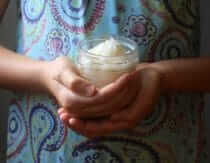

My girls have these periodically as I did growing up as well. We use FCLO and Epsom salts regularly as well as massage. One remedy I heard for them on NPR that a spoonful of plain yellow mustard would relieve the pain. Any idea why this would help? My girls would rather take FCLO any day rather than a spoonful of mustard
Hmmm, that is really interesting! Here are a couple of theories about why it might work: http://www.peoplespharmacy.com/2012/01/16/how-does-mustard-relieve-cramps/
It could be the turmeric in the mustard. Turmeric is good for joint pain
I didn’t read what you posted heather, but may be it is the vinegar in the mustard. . . I’m all about the apple cider vintage!!
It’s actually the Tumeric in the mustard. My mom uses this fridge fix, every time without fail for her leg cramps. She swears by it!
I used a hot water bottle and it worked so good and I am 11years old ???
The tumeric in yellow mustard is takin for inflammation, legs cramps etc
Turmeric in the mustard maybe…
Good to know this! My daughter cannot have the FCLO because of histamine-intolerance. What is the best way to give her vitamin D without exhausting her vitamin A supply? Hope you could answer this 🙂
It is my understanding that it is the fermentation process that causes histamines, correct? If so, there is a new cod liver oil that I believe will be available soon. It’s raw but not fermented.
Thank you for your answer. Yes, it’s because of the fermentation process, that makes it very high in histamine. That would be great, a new cod liver oil without fermentation! Does it also come from Green Pastures?
Something that really, really helps almost instantly for growing pains is calcium, though I’m not sure exactly why.
We had amazing results with magnesium oil. After a couple days of applying it just before bedtime, my daughter went from waking screaming almost every night to sleeping soundly. That was about a year ago, and we don’t apply it every night anymore, but if she is going through a growth spurt we start back up again.
Baltic Amber is also great for growing pains. Right when I first started researching and making healing jewelry I came across this research and put my 5 yrs old teething amber necklace back on her and it cut out her pain by 90%.
Sounds like we need to increase our consumption of raw milk! 🙂
My growing pains are getting worse and i havent been able to sleep what can i do if i dont have any of those supplies to help it?
Hi Deniaha, is there an adult you can tell about how you’re feeling?
My Son Gets Growing Pains Occasionally And I Alway Rub/ Message His Legs With My Doterra Essential Oils. I Use Lemongrass And THeir Aromatouch blend. It Always Seems To Help!
My son’s pain is due to food sensitivity and inflammation. We give him half a teaspoon of turmeric with some juice in order to make a thin paste. It tastes nasty but works in about 5 minutes.
Ummm, love the chiro you featured in this post ;)! Awww, this makes me miss the good ole days… How many years have we all lived since those pics?! Great post.
I love that pic too, reminded me of one of my dad adjusting me as a baby in the 70’s
I would love to know more about the new raw cod liver oil you mentioned.
My daughter and I get leg pains especially when it is humid. I was always told I had growing pains, but I still have these pains and I’m 44. I have low blood pressure and found that when I drank sufficient water through the day, a humid day would not bring the leg pains. If I was dehydrated, I had more leg pains. I did an experiment on my daughter who has the same pains: When I knew it was going to be a humid day (and knew she’d be in pain all day), I told her to finish her water bottle (750mL) by the end of the school day. No leg pains every time. Then, when I forgot to tell her, and she forgot to drink — leg pains that day. For us, it wasn’t really “growing pains”, but “dehydration pains with low blood pressure”.
I hope that helps someone who might have the same pains as my daughter and I. Doctors don’t really help – they just say to take tylenol. Water works just as well to relieve the pains!
Whenever I had an ache or pain growing up my mom would tell me to go drink 8 oz of water and come back in a half hour if it still hurts! Turns out she was a wise woman!
Hi,
Wow! so many great ideas…thank you. Can anyone recommend a good place to buy good cod liver oil from? I love that stuff for my son and would love to get some in preparation for the winter months…thanks!
My mother used to give me FCLO and bone broth.
My daughter used to come home from school with headaches and I let her take a water bottle. She drank all the water and guess what no headache. The doc told me to give her pain meds.
I have been diagnosed with really low vitamin D via blood test. I had been taking FCLO but have gotten away from it. In addition to being careful to add magnesium lotion and bone broths in more often, what are your thoughts on FCLO vs. Skate Oil? I believe I read that skate oil is higher in vitamin D, although not sure. Sun exposure is limited now especially as we’re moving into colder weather and I’m covered up. Thanks!
My Mom would always give my youngest sister magnesium citrate for her growing pains and it really helped! I would imagine that rubbing magnesium oil over the affected area would be helpful, too. Magnesium is such an important, and frequently lacking, mineral!
Hi my granddaughter is suffering with this condition n she’s only 4. I feel soo bad n all of these post are helping me understanding what I can do to help her, thank you
I would definitely say that it is most of the time a magnesium deficiency. Homeopathics are also VERY effective for this problem. My son suffered with this for many many years until I understood.
I have found that i can predict when my 6 y.o. will waken with growing pains based on whether she stays up too late that night. It seems like a sleep deficiency causes it for her.
just curious, is the chiropractor picture Jim Bob Haggerton?
I’m sorry (and maybe it’s just me and my tender AM stomach?) but the idea of bone broth for breakfast makes me gag…. Is the same stuff in bone broth in the kosher gelatin or is it much different? Because otherwise it’s bone broth for snacks for a while and that’s not gonna be popular…. She’ll live though and I’d like to get rid of the growing pains!! (and growing 5-6 inches a year I guess I’m not surprised that her body is scrounging for nutrients even with a good balanced diet…. time for some superfoods.) You’ve encouraged me again to overcome the sticker shock and get some of the fermented cod liver oil and start dosing everyone in the family.
I had horrible pains growing up. My mom would get rubbing alcohol and put it on my legs, put my PJs on then cover me with my blanket. Sometimes two depending how cold it was. You have to keep warmth on where the pain is after you put the alcohol.The pain goes away fast. We have used this for all the kids in my family. It really works and don’t need much but the rubbing alcohol. Just be sure they do whatever needs to get done before they lay down n do this. Its better if they don’t get up once its applied. As an adult I still get pains in my legs at times and this still works for me.
My gram used to do the same for me and it ALWAYS helped within minutes! When my kids wake up screaming grabbing at their legs at night I use the rubbing alcohol/ heating blanket and they almost instantly fall back to sleep 😀
What kind of alcohol do you use? Pure 100 procent?
My Mama would do this for me, too! I had terrible growing pains and I am afraid my eight year old is going to, too. He recently has started complaining.
The insistent hip and leg pain I had as a child is how my mom figured out I had juvinile scoliosis and we ended up correcting it with a few months of chiropractic care.
Thank you for posting this. I’m so glad you included chiropractic care, too! I am interested to know how you took care of your restless leg syndrome. My aunt suffers severely from it, and I’ve always thought it had to do with diet; however, getting someone else to eat right is impossible if they don’t want it. If you can provide a little information on dietary issues and RLS, I would be greatly appreciative. :0)
I’ve had excellent results with a combination of chiropractic adjustments, calcium lactate and essential fatty acids for growing pains. The same remedies usually handle teething pains also. You have other great suggestions here.
Rubbing alcohol works too! Just pour some on a Cotten ball or rag or anything like that & message your kids legs with it! My mom always did it for me I now do it for my 2 year old daughter! I still do it after chasing her some days is still get those achy uncomfortable pains!
Can I ask what alcohol you use?
What else can I do when my three year old granddaughter wakes up with these growing pains I dont have alot of the remedies im seein on this site
I use tissue salts, specifically calc phos #2 (for bones) and that helps. Only one at a time. And a warm magnesium bath, sometimes with traumeel to help her muscles grow with the bones. Poor thing. My husband is very tall, and she could easily grow to be 6 feet tall!
Very light myofacial cupping works well. My girls experienced 2-3 days of relief after a quick treatment. A second treatment was all we needed to get us to the end of that growth spurt.
I am a 13 y.o girl and I get growing pains alot. Sometimes my growing pains are that bad I start to cry. What helps me with my growing pains is putting an ice pack on and rubbing my leg. I have read websites that say not moving ur leg doesnt work but it does for me and puting my led up in the air against a wall helps the pain go away too. But when I cant stand the pain anymore I can only take panadol/paracetamol since I have asthma. 🙂
Hope I helped.
My friend does that (ice pack) and next Time you get them try lying down flat and take lots of water I have them at the moment and it kills! But I only get it at night cos I’m usually quite active in day times I do rugby hockey and running so I get quite a lot of pains in my legs all the time hope I helped ☺️~ hope xoxo?
My 5 yr old daughter is EXTREMELY active and has been bothered by leg pains (and sometimes arms) at night since she was about 2 1/2 yrs old. Her pains are always worse when she has been jumping off high things, running a lot or doing a new physical activity over and over and over (skipping, swimming, swinging by one arm). I have found that consistently giving her Magnesium and Epsom salt baths works really well. It takes a while for the Magnesium to build up in her system, but once it dies the pains go away. When they DO go away and I am no longer getting up at night, I often start to forget to give her the Magnesium and it comes back!
Sometimes getting sleep helps and lying down not quite sure why this helps but I do it all the time and it’s helped me ever since I was 6 and I’m 13 now! I think it’s cos your relaxed and the blood travels around your body more gracefully I think is this right?☺️?
I suspect this is what is going on with my 4 year old lately, though this week she ached all day. An MSM cream helped some, as did stretching. I’m considering extra magnesium, magnesium oil, extra Epsom salt baths, and since it’s winter in the cold frozen North, vitamins D, A, and K2-7 (essential when you take D or Calcium). I was thinking growing pains must be a deficiency. She’s got deficiencies in several things according to her hair mineral analysis. This should be interesting. Especially when my 18 month old is a bit bigger. He has worse deficiencies but in different things than she does….
Growing pains are caused by a different rate of growth between bone, muscle and ligaments. Magnesium supplements are often reported to help because they help relax the muscles, but you should be careful giving extra magnesium to kids. As a physiotherapist, I recommend stretching – every morning and night. It’s a lot of effort and more time consuming that popping a supplement, but I haven’t had one case where it hasn’t worked.
My daughter had horrible growing pains. She was adjusted regularly, thanks Dad!, and we found horsetail to help a lot. We used the tincher but now that she is older she drinks the tea when she has aches or joint pain. My MIL also uses it to help with her rhuematoid arthritis
My son is 17 months old and waking every night screaming in pain. Would these be ok to try on him?
Thank you
My son has had growing pains on and off from 3 years old (he is now 10). We find that having fresh banana every morning really helps. We have found that he gets growing pains if he has gone 3 days or so without having banana. He doesn’t really like banana but he knows it helps him and asks for it everyday. We were recently away on holidays and we missed out on buying bananas – sure enough, he got growing pains! This could be because bananas naturally have magnesium in them…
My 3 yr old has had growing pains for about a year and bananas seem to help her as well. She eats them fresh or in a pouch (baby food puree) and so long as she has one a day, she seems to be okay. This page has some great tips I’m going to try, too.
Alternative to the water bottle, try a rice bag. It’s fabric sewn together and filled with rice (or corn), and you put it in the microwave and place it on the area. It’s great for growing pains, cramps (menstrual or not), soreness, etc. etc. You can also use a stuffed animal and just cut one part (i’d recommend using a pillow pet or just a more round stuffed animal), pull the stuffing out, fill it with rice, and sew it up.
My daughter has had growing pains since she was about 18-24 months old. At first a mix of calcium magnesium helped a lot, her pains went away and would only come back when i forgot to give the mix for a few days. However, this year the pains came back with a vengeance, i tested a theory that my daughter was eating too much protein (she loves meat) and figured out, as odd as it sounds, that if i cut out chicken her growing pains go away (she sometimes will have very small portions of it) . Other meats are ok. I also try to give her not more than 20 grams of protein per day (13-20 is the recommended norm). This was confirmed with my nutritionnist. Did anyone else ever try this?
Our 13 year old is experiencing severe growing pains. Some pain during the day but worse at night. We’ve been applying heat & giving IB profen along with magnesium. I’ve gotten some good ideas here but am wondering if it’s OK to administer vitamin D, turmeric & magnesium together or separately? I doubt he’ll let me massage him with the essential oils or take a bath with them or Epsom salts. He’s very oppositional
Pickle juice will work
Very helpful and informative. Thank for sharing this post.
FYI arnica oil should not be used on young children or infants
We only ever used calcaria phos and it was super effective and fast working!
Hey Heather,
What are the ingredients you’re not fond of in the arnica cream? I see a couple potentials – but Am. cuts off the list of ingredients, also.
I am interested to find out whether conventional vs organically grown foods/diet makes a difference with a) growing pains arriving at all and b) alleviating growing pains.
Reading on I see that eliminating foods for some eliminates the pains.
We have sourced organic (as much as possible) from year two for our children – and unless they aren’t informing me, they haven’t experienced growing pains. Everything has been gradual growth – and according to their parent’s heights, they’re ‘on track’ for being short people like us. They are also entering that age where growing pains happen (that I know about).
Aside: FCLO – would love a source that is everything it needs to be, and won’t break the bank. Their teeth would benefit from having this again. It made such a difference when they were little.
My mom used to have me eat banana and drink milk. I pushed banana mashed into plain organic (good quality) yogurt with my kids and now grandchild.
Kids grow so darn fast that it’s no surprise that there’s pain sometimes.
Good news…we have the power to help! 🥰